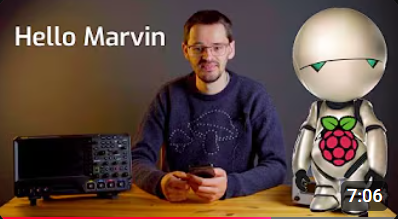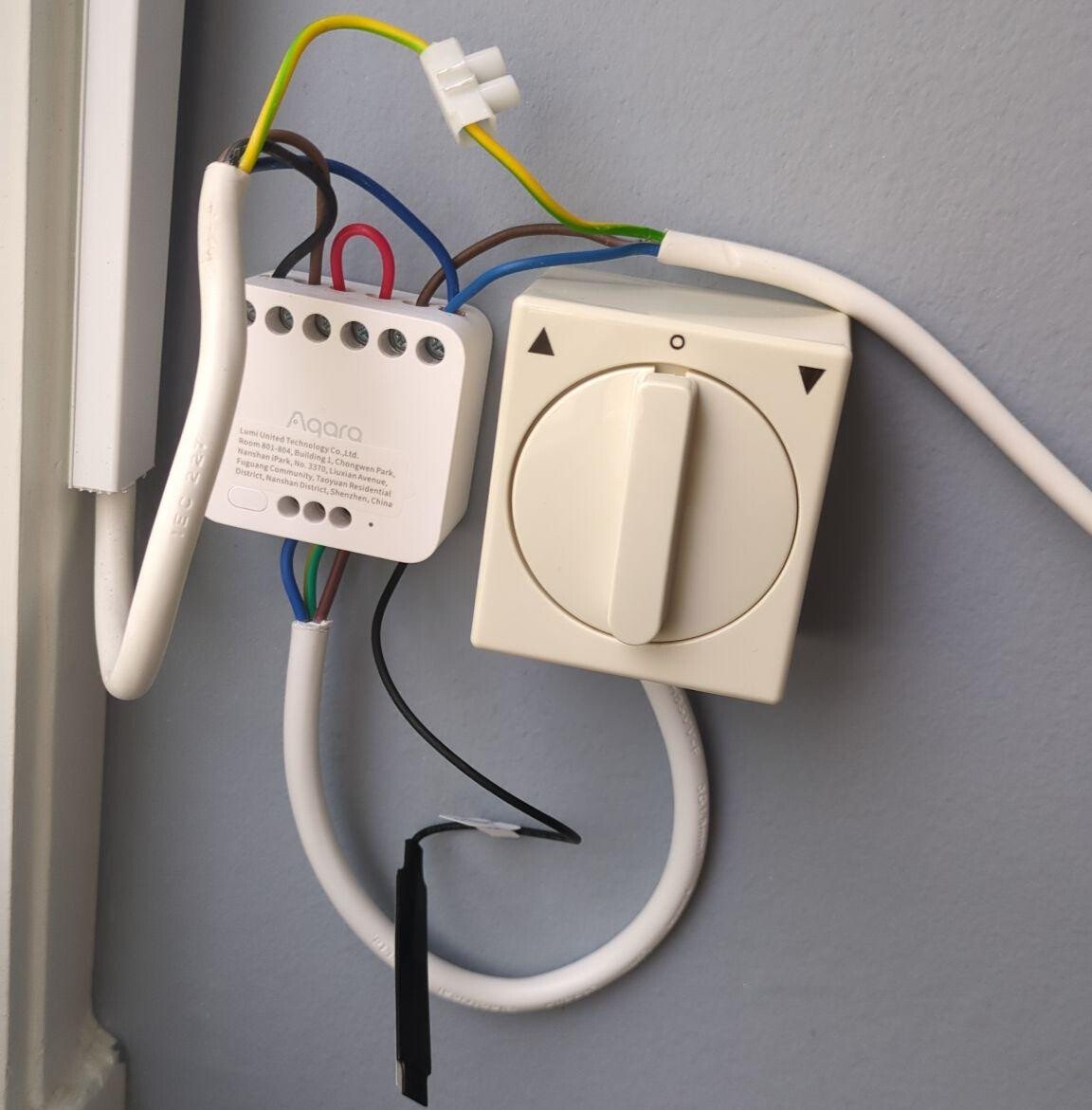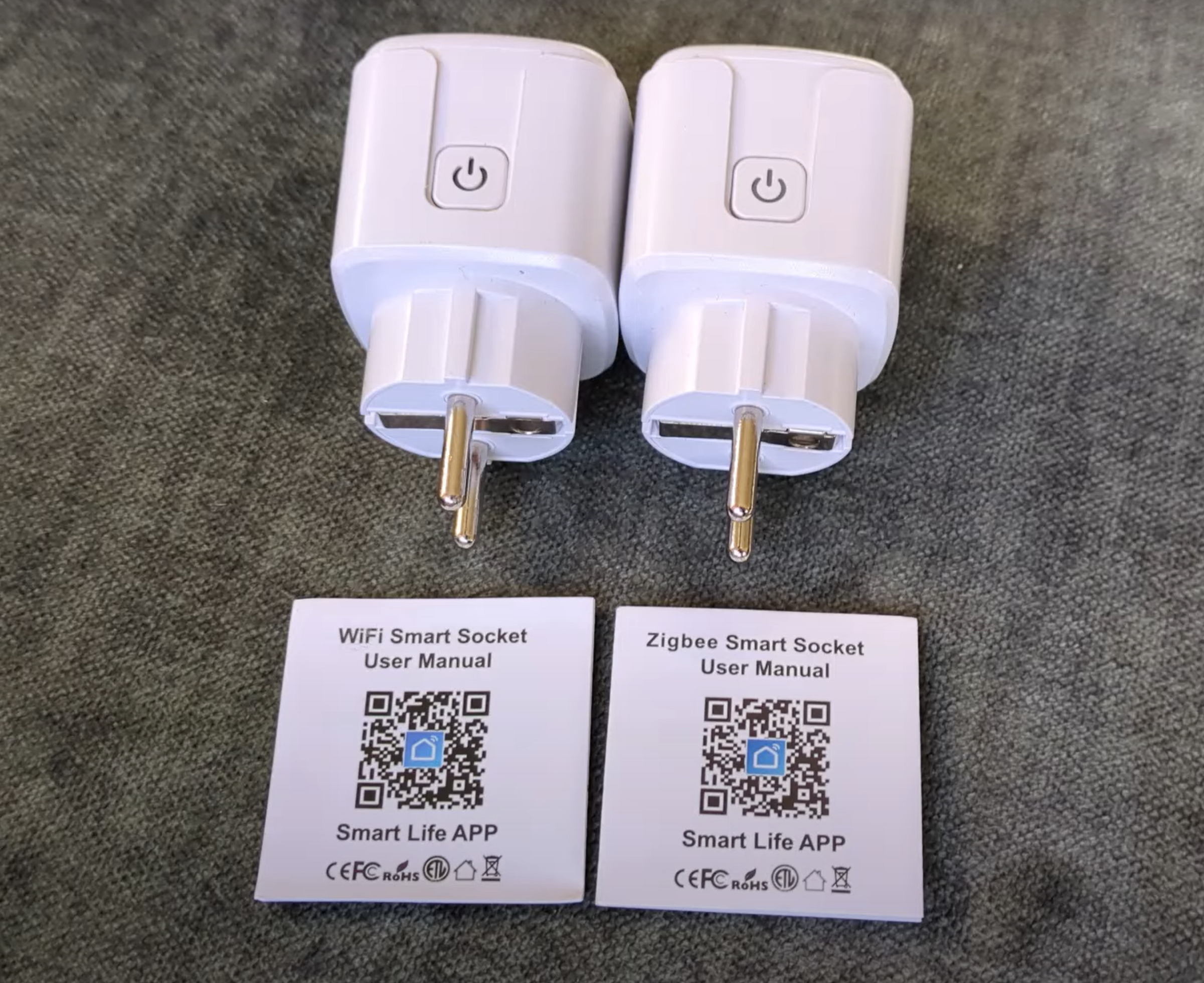Breaking Free from Big Tech's Control
What do a 3D printer and a smart bassinet have in common? The answer may or may not surprise you, and you'll find out by the end of this article.
Hello, I'm BOS from Sanctuary System, and here's my unpaid intern Ida. Today I want to explore why I make local smart home products, why it matters to me, and hopefully why it should matter to you too.
People often talk about privacy and security as if hackers are on your doorstep, while users of cloud services seem to be just fine. Meanwhile, the real consequences of relying on cloud services aren't discussed that often. Let's dive into the actual consequences I discovered while trying to automate my home—consequences that also drove me to develop these products.
Chapter 1: Privacy and Security
When it comes to privacy and security, it's really all about threat models—a fancy way of saying "what do you expect a malicious person to do to you?"
There are kind of two categories here:
Category 1: Targeted Attacks Someone is really out to get you. Maybe you have a stalker, you're really famous or rich, and they use advanced techniques to spy, steal, or cause harm. The good news is that this doesn't apply to most of us, because if it did, we'd be toast.
Category 2: Untargeted Data Collection This category is more applicable to most people—just untargeted data collection and exploits.
Let's look at an example smart home setup and see what these threats may look like. Say you have a simple home with a light bulb, temperature sensor, and voice assistant.
In the case of a targeted attack, a hacker could tap into the voice assistant to spy on your private conversations, monitor the temperature and lights to see when you're home, and burglarize you when you're not. But let's be honest—even if you didn't have a smart home, they would still spy on you, hack you, and harm you.
When it comes to untargeted events, let's face it: Big Tech just wants to show you better ads. They don't care about your private conversations. Scammers want your credit card info and address—they don't really care about the temperature in your bedroom.
So all these small data points are not that important. It seems like we've largely just accepted that our data is collected for ads, and we're mostly fine with it. That's honestly the most privacy invasion that most of us face.
So it seems like privacy concerns are kind of overblown for most of us. But there's actually a more immediate threat: companies changing the rules after you've already paid for the product.
Part 2: Getting Screwed Over by Big Companies
The real risk of smart home devices that rely on the cloud is that the cloud provider can just change the rules or discontinue the service completely.
Just in the last couple of weeks, I saw several instances of companies changing the rules for products you already own.
The Bambu Lab 3D Printer Story
The first story is about Bambu Lab, a manufacturer of 3D printers. In a recent software update, Bambu introduced new authorization requirements that prevent software from other providers from using the printer without authorizing the print job with Bambu's cloud service.
After widespread backlash from the community, they pinky-promised that they will never charge for using your own printer or outright prohibit third-party tools. But you'll just have to trust them on that, I guess.
The $1,500 Smart Bassinet Story
The second story is about a new smart sleeper bassinet by Happiest Baby, which—I kid you not—costs over $1,500. This bassinet can automatically soothe your baby to sleep with white noise and gentle rocking. Very nice for baby!
And once again, in a recent update, they just decided to put previously free features behind a subscription. Just like that.
Let that sink in: you pay over $1,500 for a bassinet, and then the greedy bastards decide that on top of that, you need to pay a monthly fee for the privilege of... hold on... setting the motion to a consistent level. Sure, why not?
The Pattern
Every time you rely on the cloud, your provider can change the rules anytime, discontinue the service, and do whatever they want. Sometimes it just leaves you with an expensive paperweight.
Meanwhile, with local smart home devices, you just own them. Set them up, they keep working forever. No subscriptions, you know what you get. No surprises.
The State of Voice Assistants
Given the explosive growth of artificial intelligence and my own recent interests, I want to devote special attention to the state of voice assistants—both cloud-based and local.
Cloud-Based Assistants: More Rule Changes
In the cloud landscape, we once again see a slew of companies just changing the rules, canceling products, whatever. Especially in the category of pre-ChatGPT assistants, many are on shaky ground.
For example, Microsoft Cortana recently got completely canceled—no more Cortana. And who knows what else may be coming? I wouldn't put too much faith in, for example, a certain company that has a whole website dedicated to products they've killed.
In the LLM landscape, you can see that current prices are obviously largely subsidized by venture capital and hype. You can expect price changes coming after the hype runs out a bit.
For example, we already see that ChatGPT's pro version costs $200 now for the privilege of using their most computationally expensive models. You don't have to be a genius to extrapolate this line and see what happens when the next model is 10 times more expensive to run.
Local Voice Assistants: Room for Improvement
On the local side, Home Assistant just had their "Year of the Voice," culminating in the release of the Home Assistant Voice Preview Edition—an Alexa-like wireless microphone that you can use to control your smart home without any cloud providers if you want.
However, the current options are not really ideal:
You can use the pattern-based assistant that runs on Home Assistant, but it can't really handle complex queries
You can subscribe to a cloud service to run an LLM or smarter assistant
You can run LLMs on your gaming PC, except then you have to keep your energy-hungry machine running 24/7
None of these options are perfect. It seems to me that these options need serious improvement. We need a "Year of the Brain" to complement the "Year of the Voice" to get the assistants themselves more in line.
My current setup is the last option, where I run Ollama on my PC with a wake-on-LAN button on my phone so I can wake up the PC when I need it. But this is honestly kind of a hassle, so usually I just open the app to do whatever I want. Not very ideal.
What's Next?
Actually, here's a sneak preview: I'm working on a solution to this problem. Subscribe if you want to learn how to run an AI assistant on your Home Assistant machine.
The future of smart homes shouldn't be about trusting big corporations to keep their promises or hoping they won't change the rules after you've paid. It should be about owning your devices, controlling your data, and having systems that work reliably without depending on someone else's servers.
Local smart home products aren't just about privacy—they're about ownership, reliability, and freedom from the whims of corporate decision-makers who see your devices as recurring revenue opportunities rather than products you actually own.
More articles


